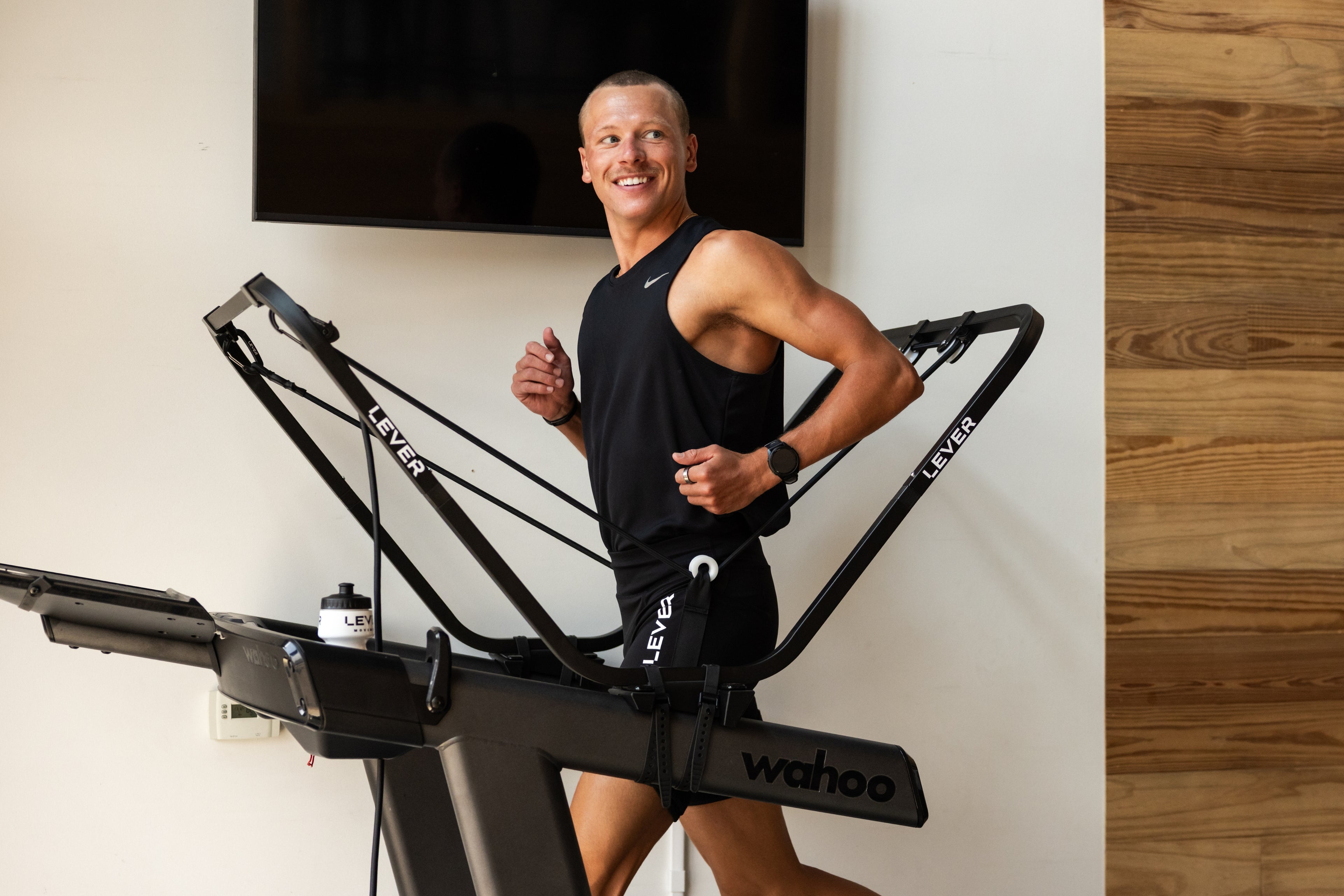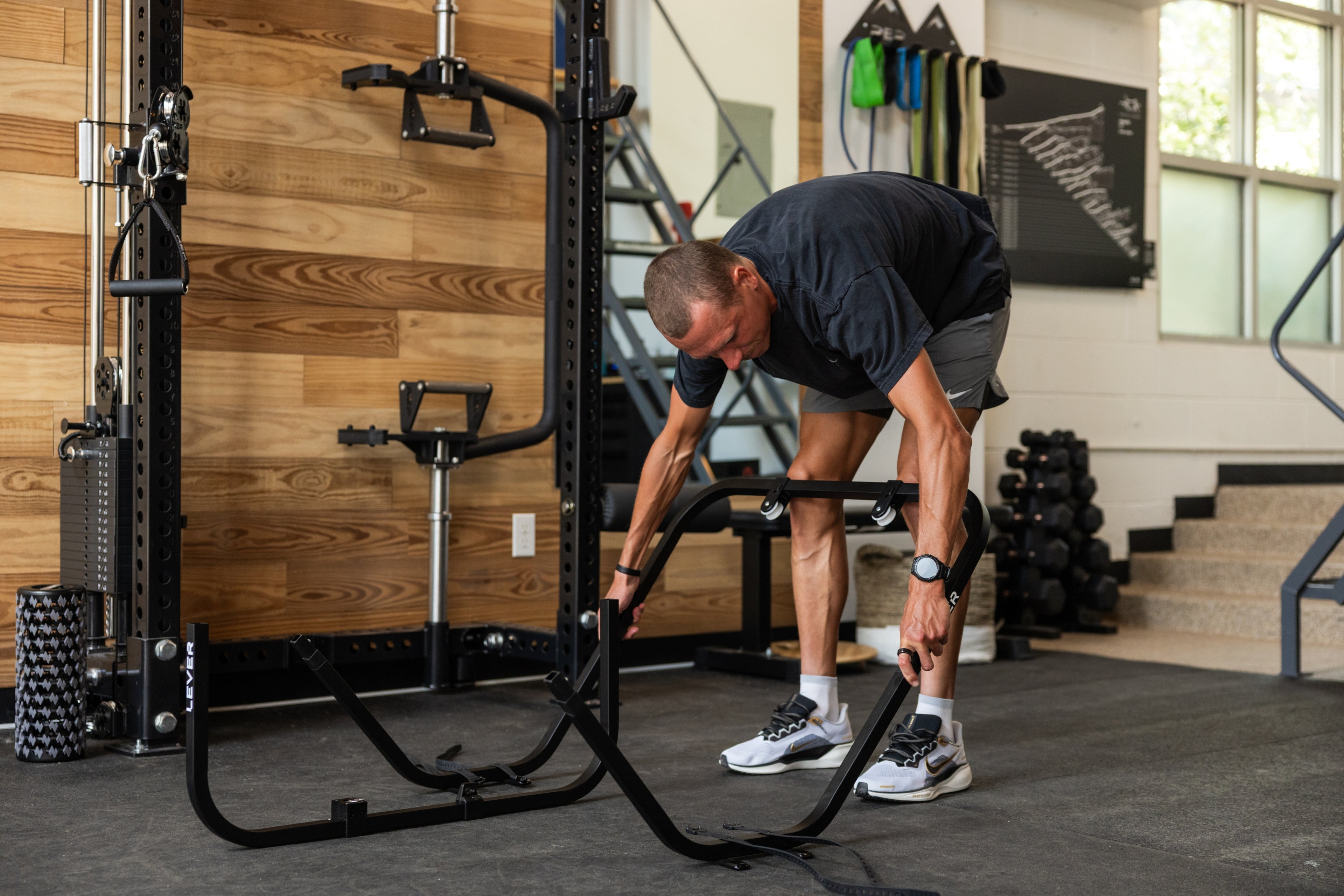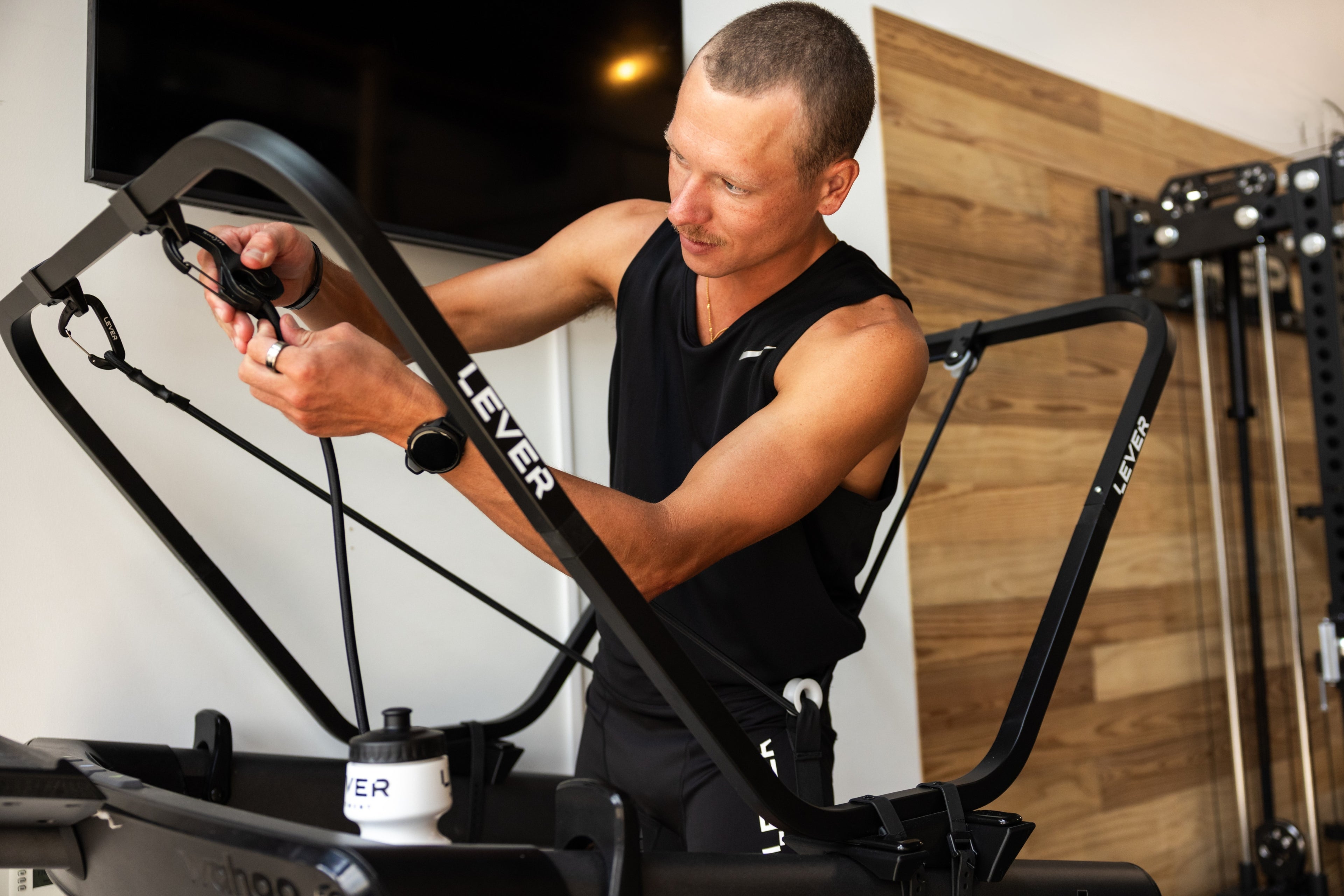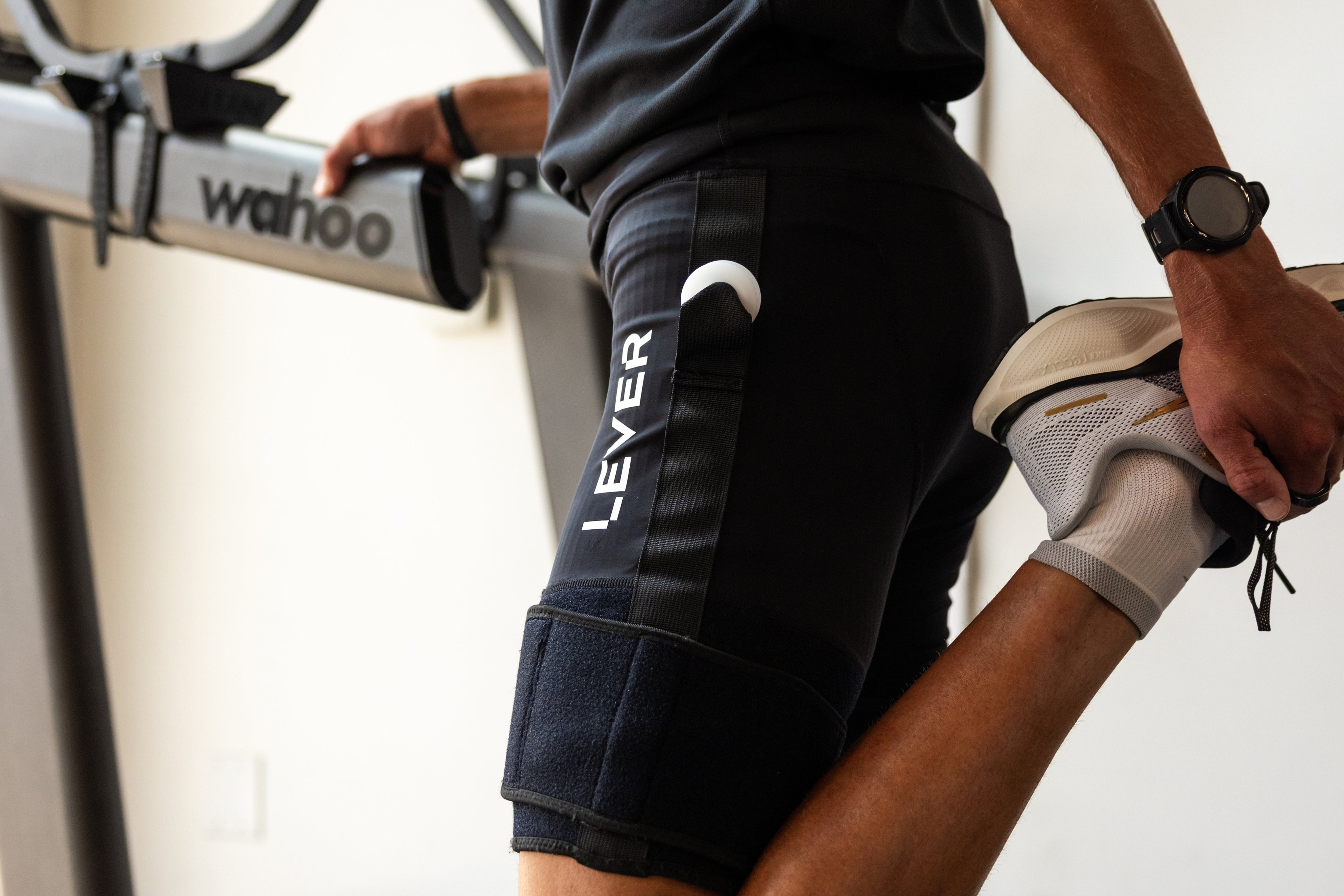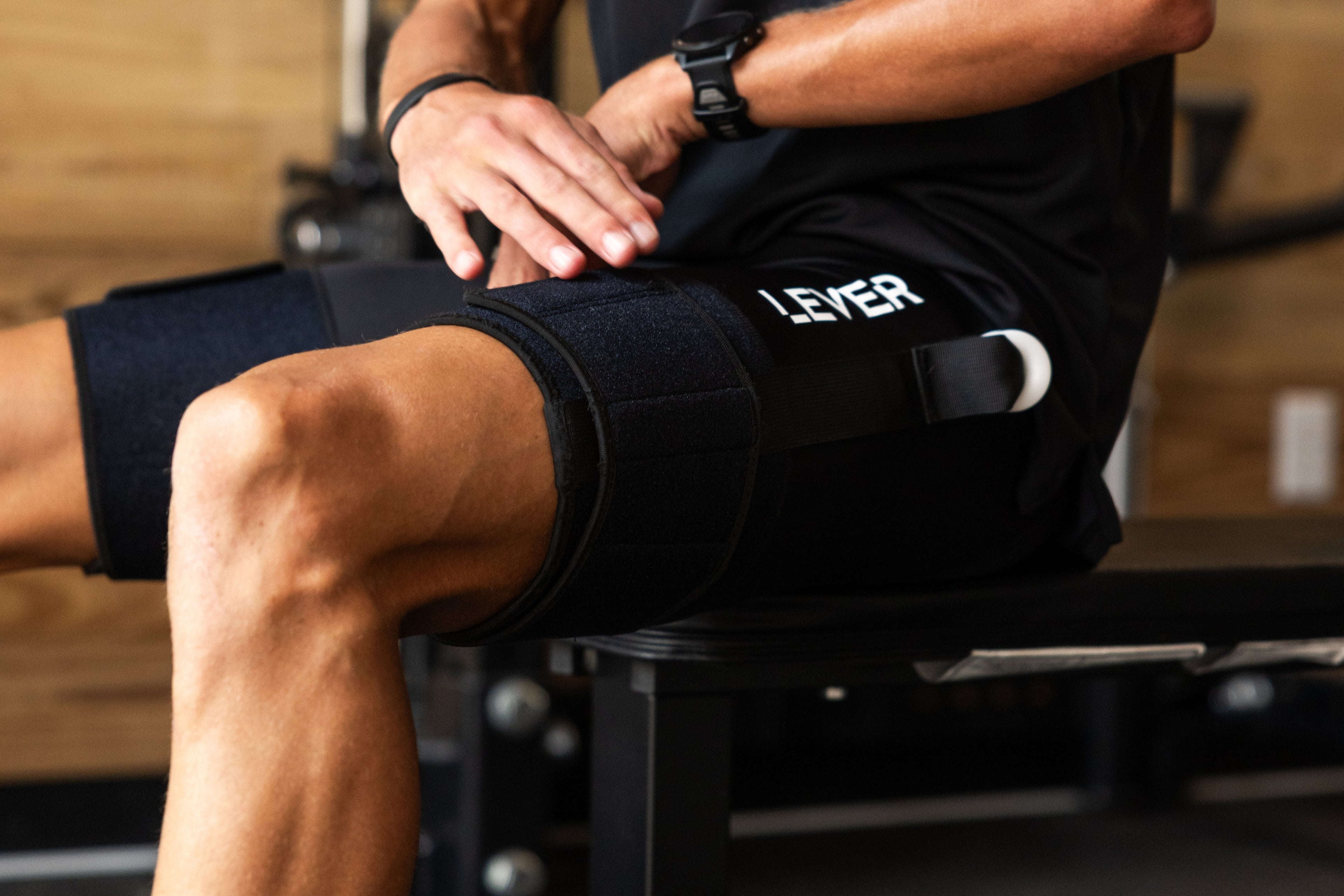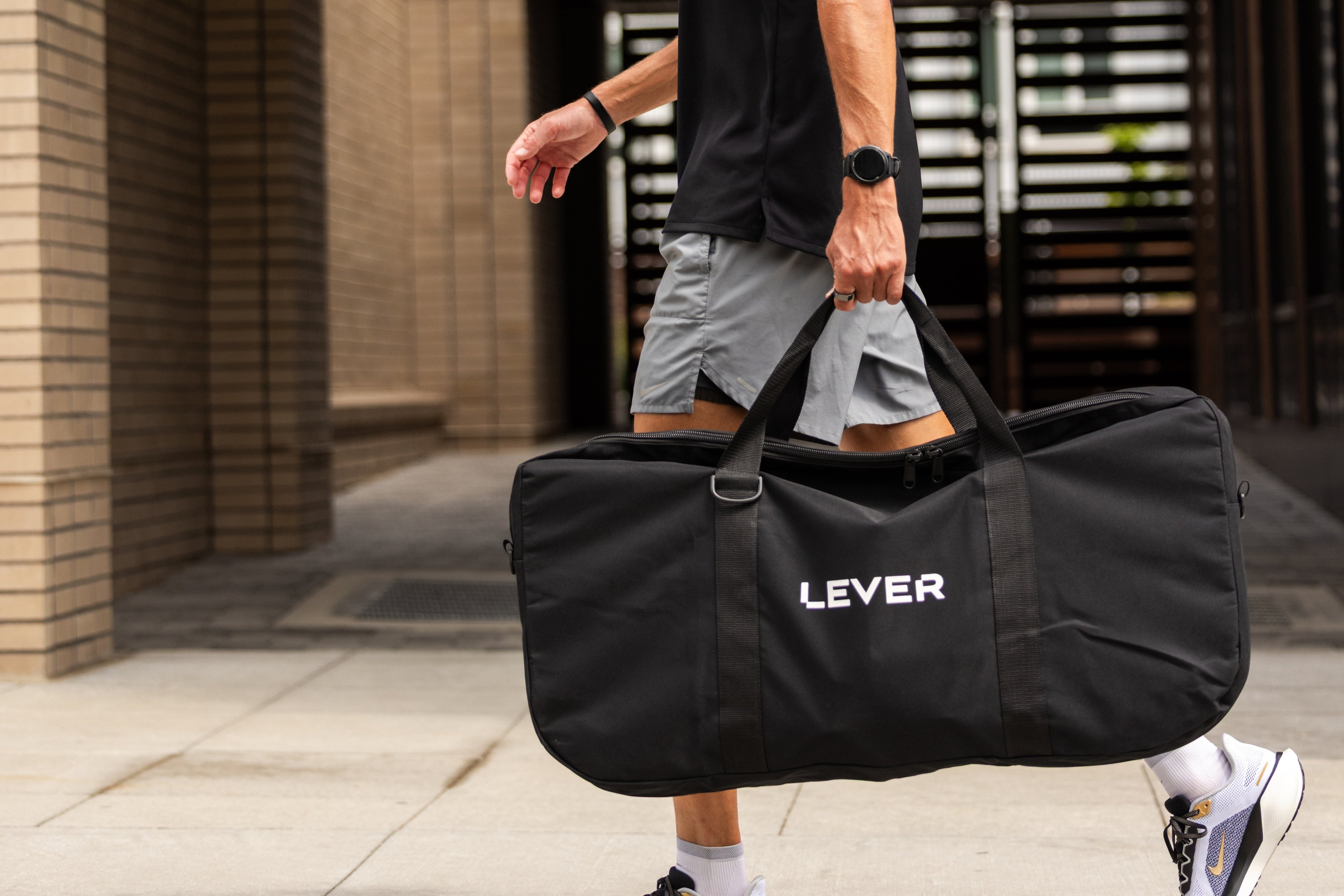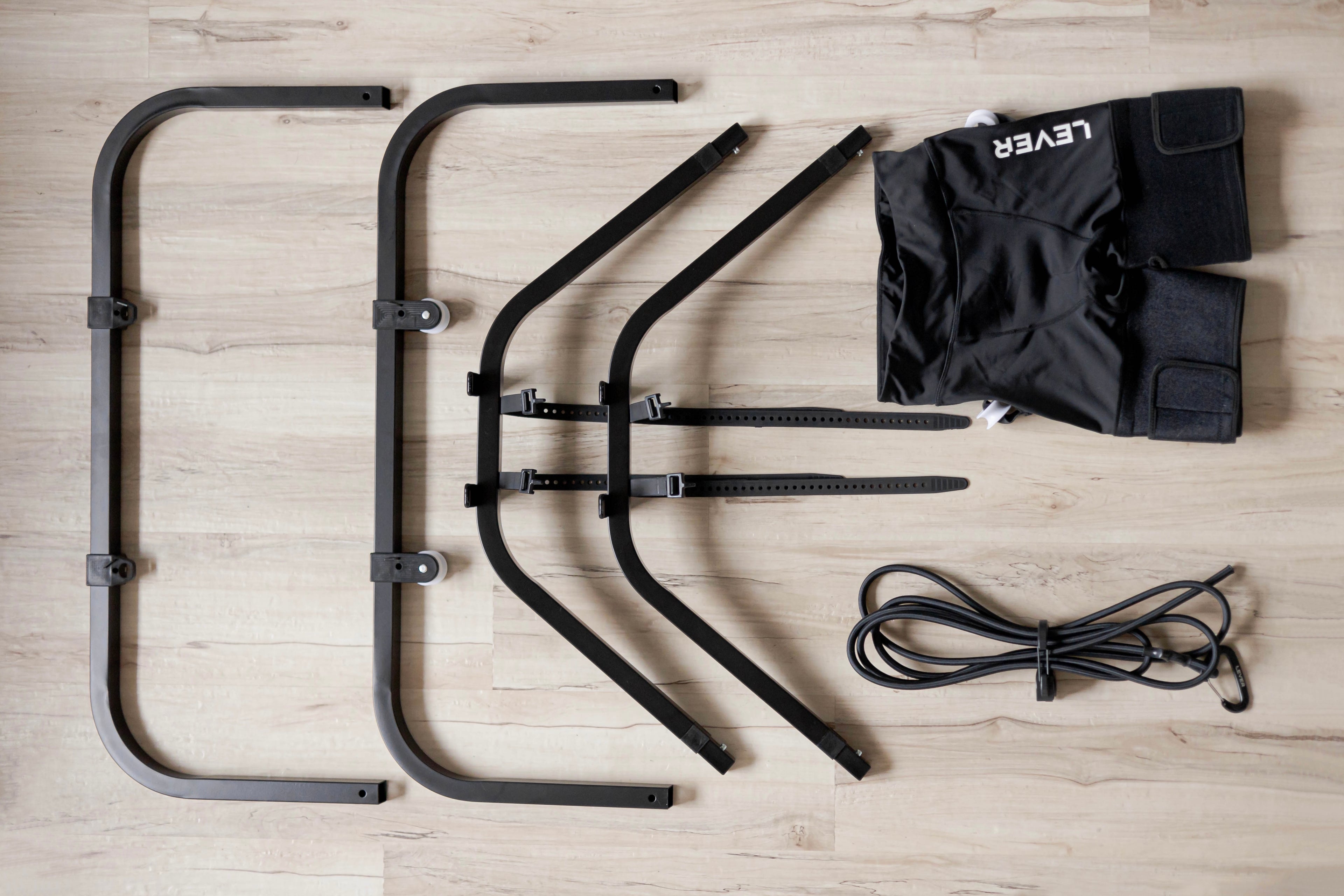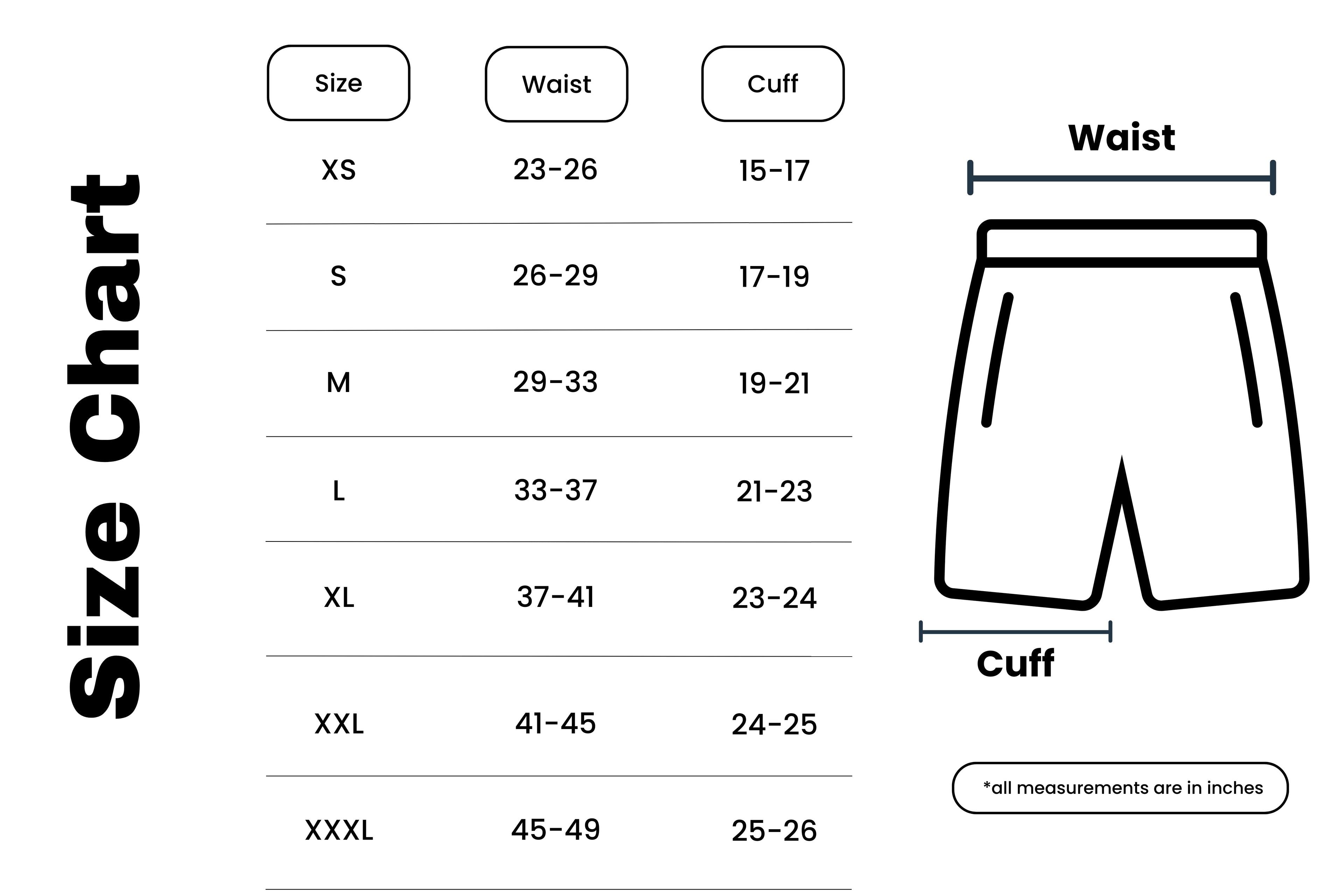Natalia Caballero is a dedicated age group triathlete who trains because she genuinely loves the process. She approaches the sport with the same discipline as many professionals showing up, learning, and pushing her own limits. Triathlon provides structure and purpose in her daily life.
For Natalia, racing is the celebration of everything that doesn’t get seen the early alarms, the fatigue, the setbacks, and the effort repeated day after day. She has several seasons of triathlon behind her now, and each race still feels like a personal test of resilience.
The Injury
In late July, Natalia developed a proximal rectus femoris tendon injury. It wasn’t a dramatic tear, but it was painful enough that she had to stop running outdoors completely to avoid worsening it.
The hardest part wasn’t losing fitness it was losing a part of her routine that keeps her grounded.
“Running is my favorite discipline. It brings me joy and balance. Having to hold back every time my mind wanted to push was frustrating.”
There were days when she questioned whether she would even make it to the start line in Spain.
“Yes I doubted it. But I reminded myself that showing up, even imperfectly, would mean more than a perfect build.”
The Turning Point
The shift came when she stopped trying to return to where she was and instead focused on where she was now.
Small wins → not full training.
That’s when LEVER entered her return-to-run plan.
She began using the LEVER Running System in September, starting with short, easy sessions to reintroduce running gently and without fear of re-injury.
“LEVER let me introduce running without pain. I focused on cadence and form. It was a game changer.”
And then the moment every injured runner waits for:
“I remember the first run where everything clicked. Smooth cadence, no pain, just flow. I finished smiling. It finally felt like me again.”
How LEVER Supported Her Return
LEVER became the bridge back to full running. It allowed her to:
• Rebuild volume safely
• Manage tendon stress
• Rebuild confidence gradually
• Maintain good mechanics
One session stood out:
Go-To LEVER Workout
3 x 10’ at tempo pace
80–85% body weight supported
Short recoveries
“It gave me effort without strain. It helped my confidence grow again.”
Real Training Progression (from Her Logs)
These are actual LEVER sessions she used while returning:

Week 1 — Reintroducing Running
→ Photo #1
Caption: Week 1 — Light cadence work, zero pain tolerance priority.
4% incline + walk warm-up
Short run/walk blocks at 13–15 km/h
~38 minutes of supported running
Mid-September — Steady Tempo Rebuild
→ Photo #2
Caption: Extending time on feet while keeping tendon load controlled.
1% incline
10' @ 12 km/h warmup
4 x 10’ @ 14 km/h w/ 2’ walk recoveries
Late September — Controlled Variation + Durability
→ Photo #3
Caption: Volume came first. Pace came later. Confidence came from consistency.
Alternating controlled blocks of 12–14.5 km/h with walk breaks
October — Race Effort Returns (Still Supported)
→ Photo #4
Caption: Intensity only returned once movement was stable and pain-free.
10' @ 12 km/h
10 x 2’ @ 16 km/h w/ 1’ walk recoveries
Cool down @ ~14.5 km/h
70.3 Worlds in Spain
Making it to the start line was the accomplishment.
“I’m proud that I never gave up that I kept finding ways to move forward when things didn’t go to plan.”
This race isn't about hitting a PR. It was about proving to herself that she could stay patient, trust her training approach, and show up ready.
“Strength isn’t just finishing fast. It’s showing up no matter what it took to get there.”

This Season Taught Her:
“…patience can be the most powerful form of strength.”
Advice for Any Athlete Working Through Injury
“Healing isn’t linear, but every small step forward still counts.”
Natalia didn’t rush her fitness. She rebuilt it with intention. LEVER helped her make running possible again during a phase where running outdoors wasn’t.
Her journey is a reminder that returning from injury isn’t about forcing progress it’s about creating the conditions for progress to happen.
Consistency, patience, and controlled load built her back to the start line.











